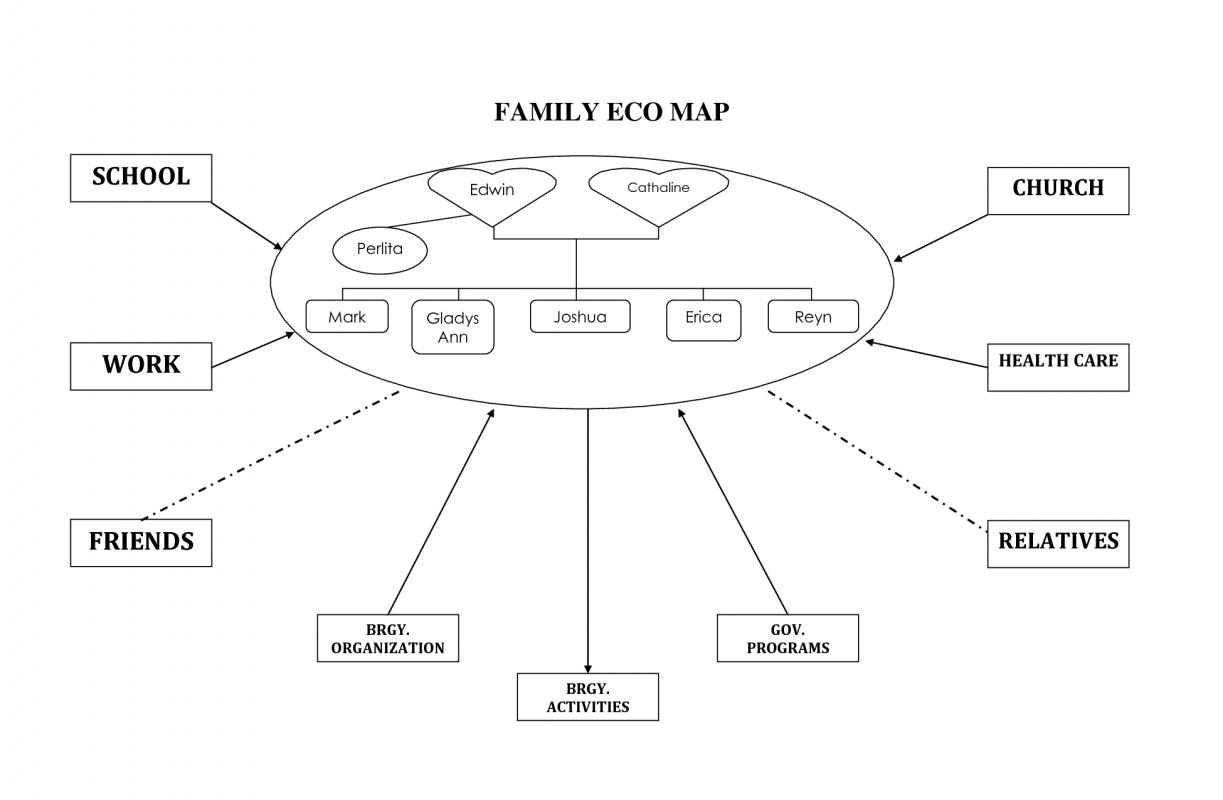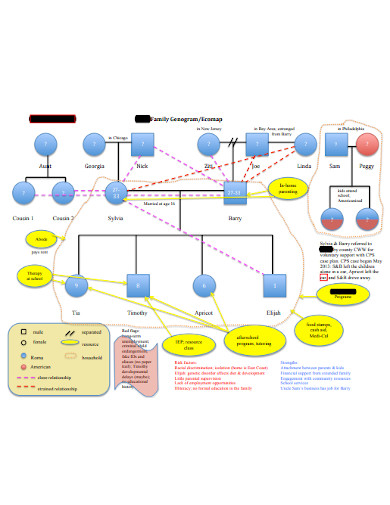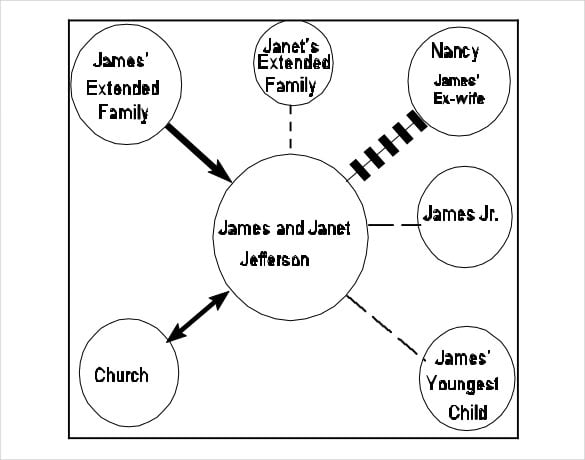
This helps to show the differing levels of connectedness to the external world amongst family members. Connections can be drawn to the family circle as a whole or to one individual in the family if there is one person involved with that system.Then draw a line to represent the quality of the relationship between the family member and the environmental system that has been identified as above. For example their links to school, work, church, welfare support agency, child protection services, youth justice, department of corrections etc. Next identify the social and environmental systems which impact on the family.Next identify any significant extended family relationships or important friendships and the quality of these relationships currently using the lines outlined above.Lines with crosses through them indicate a stressful relationshipĪrrows along the line point towards the direction or flow of resources, energy or interest. Identify the quality of the relationship between the family members through the use of lines:Ī solid or thick line represents an important, strong or positive connectionĪ broken line represents a tenuous or weak connection.Put each persons name and age in the centre of the square or circle. In this circle describe each member of the immediate family - squares to show males and circles to show females.

Use a white board or a large piece of paper and draw a large circle in the centre.They can be particularly useful in working with migrant and refugee families to get a picture of the breadth of their social and family connections or to map areas of isolation or disconnection that may need to be addressed. They provide a useful tool for assessment of family, social and community relationships and the quality of these connections. areas of deprivation where resources may need to be mobilized or strengthened.the whole family unit's level of connectedness to the external world.For example: significant friends, neighbours, sports clubs, spiritual influences - and the quality of these connections each individual family members connections to their community.For example: housing support, income support, counselling, justice programs etc and the quality of these connections


They provide a visual map of the family's connections to the external world.

Whilst genograms provide an historical picture of the family and the links across and between generations, eco-maps locate the family in their current social context. Eco-maps can be particularly useful in working with migrant and refugee families to get a detailed picture of their social and family relationships and/or to map areas of isolation or disconnection that may need to be addressed.They provide a useful tool for assessment of family, social and community relationships and highlight the quality of these connections.Eco-maps are a visual map of a family's connections to the external world.Eco-maps, like genograms are a visual tool that can provide very useful information for workers and clients in the process of developing case plans.


 0 kommentar(er)
0 kommentar(er)
